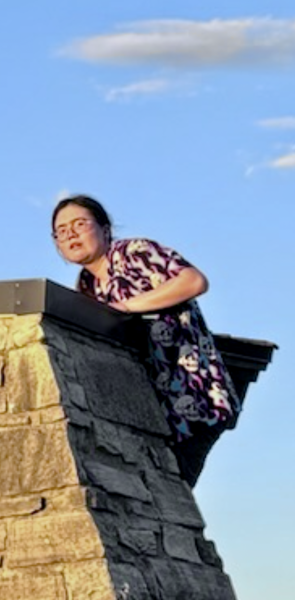It’s January, which means soon we’ll get the yearly update on the Doomsday Clock. Every year, members of the Bulletin of the Atomic Scientists’s Science and Security Board convene to decide whether the clock will be moved closer to midnight, further away, or stay right where it is. Currently, the clock is sitting at 90 seconds to midnight, due in large part to the war in Ukraine. This is the closest we have ever been to midnight.
But what, exactly, does that mean?
The Doomsday Clock, conceived in 1947 by Martyl Lansdorf as a cover for the first magazine issue of the Bulletin, is a measure of how close humanity is to destroying itself, with midnight representing the end of human civilization. Originally, it was focused entirely on the danger of nuclear weaponry, but since 2007 has included other factors such as catastrophic climate change.
The farthest the clock has ever been from midnight was at the end of the Cold War in 1991, when it was set at seventeen minutes to midnight. Prior to 2023, the closest the clock had ever been to midnight was one hundred seconds to midnight. That was 2020, 2021, and 2022. If you’re curious as to why, you can read the official statements on the Bulletin’s website.
So, things are clearly somewhat grim. The Doomsday Clock has always been a bit grim by nature. But it’s not all doom (ha) and gloom—the clock can and has been moved backwards.
The goal of the clock has always been to alert people to danger so danger can be dealt with. More than anything, it is a call to action, not a reason to despair.
We are at ninety seconds to midnight, yes. But if we work together, one day we won’t be.

























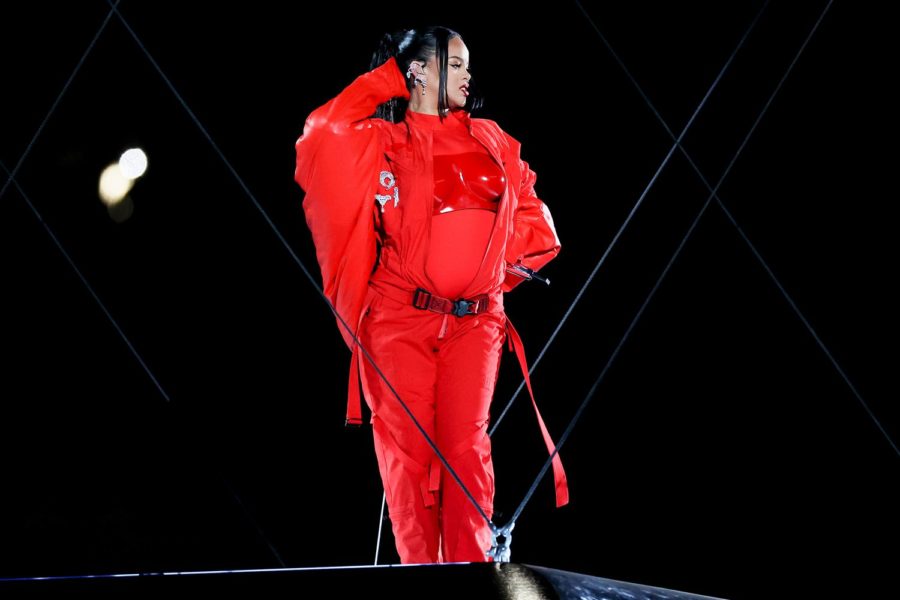


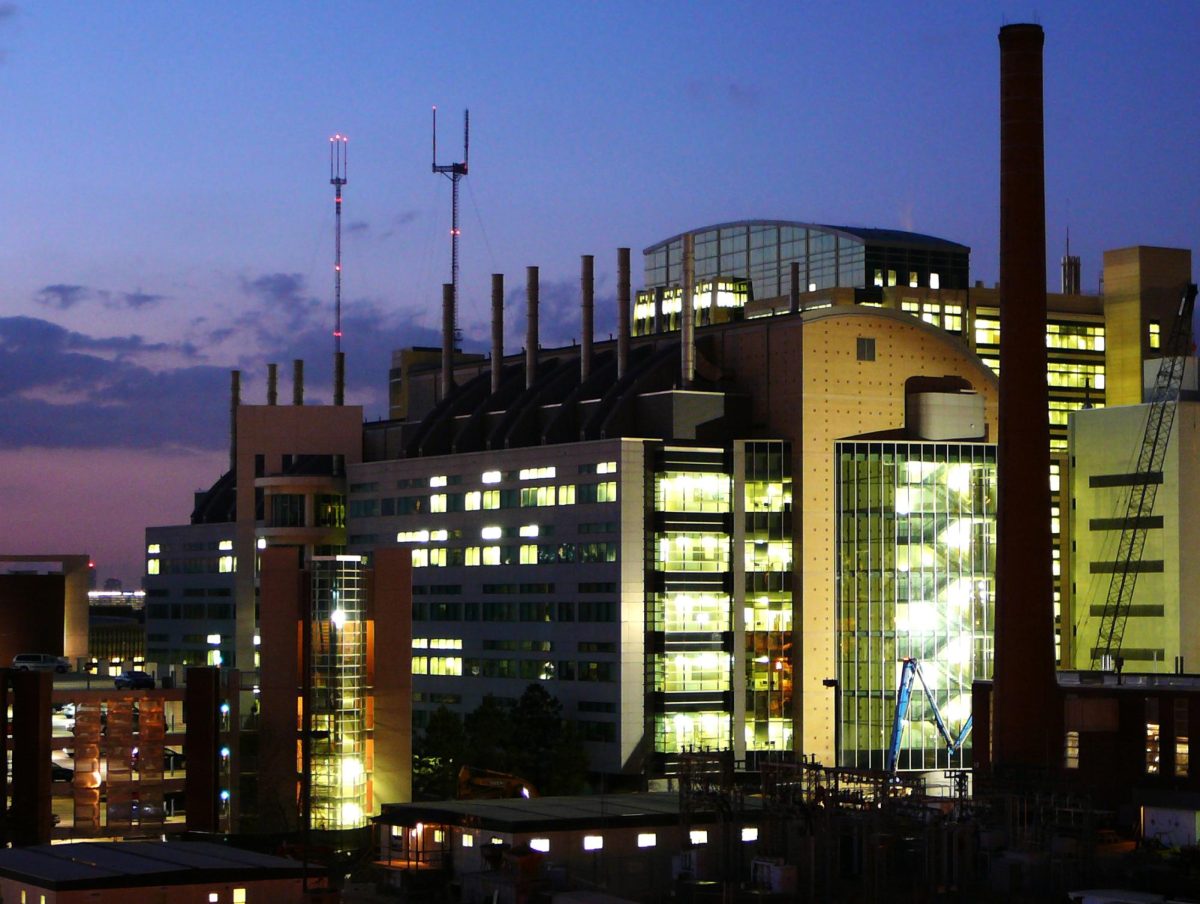











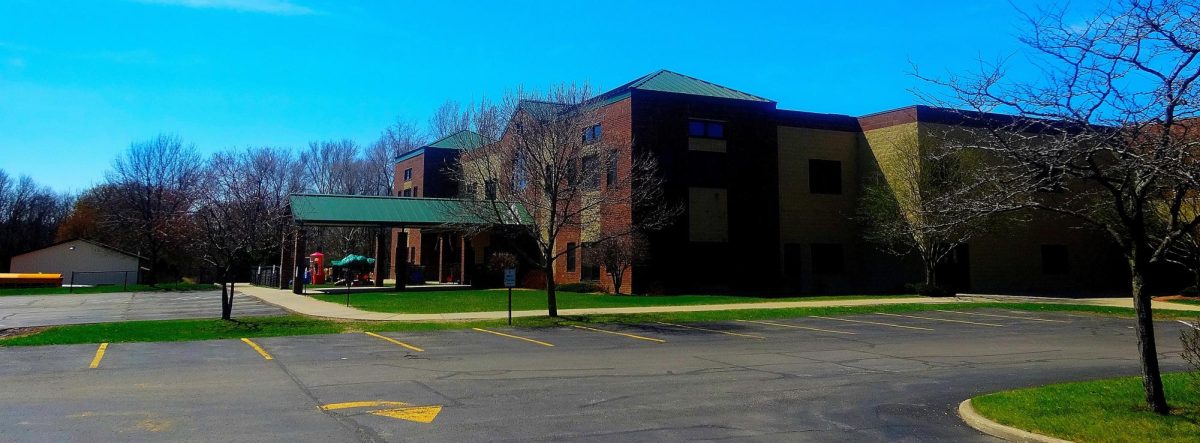
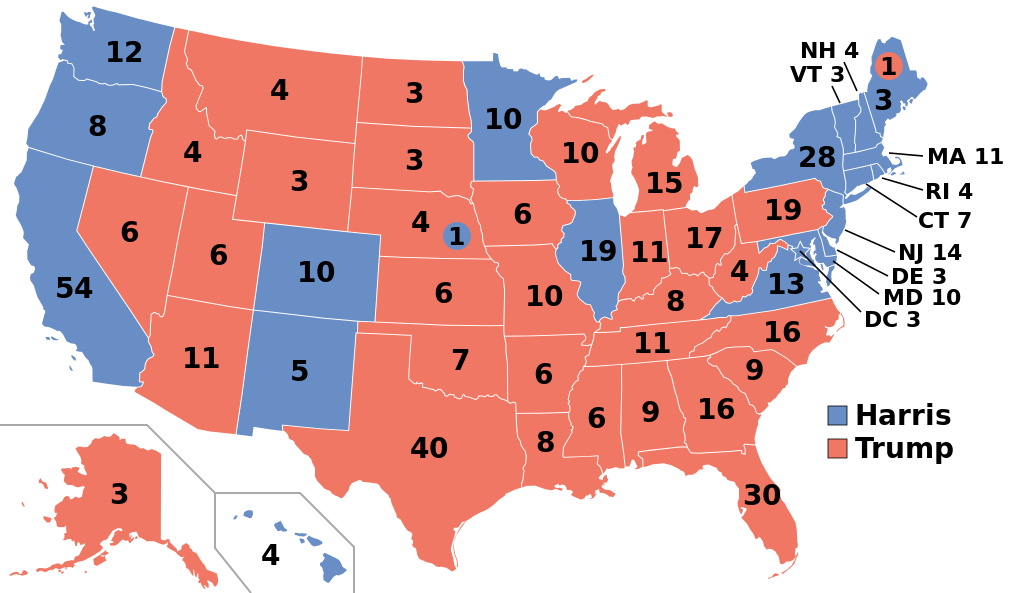







![Image credit to [puamelia]](https://memorialswordandshield.com/wp-content/uploads/2025/08/3435027358_ef87531f0b_o-1200x803.jpg)




